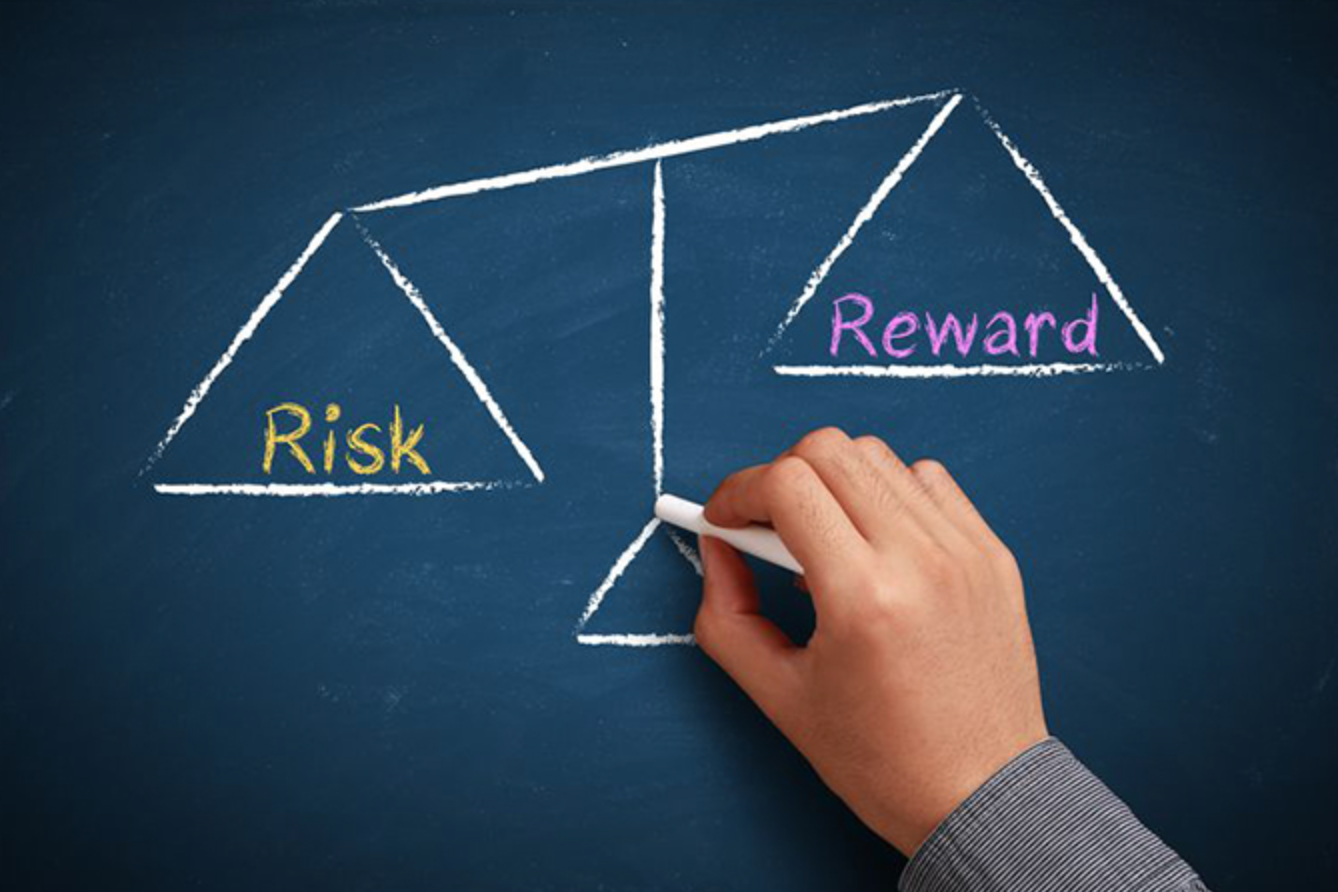Losses are a part of trading. Even the best trades who are considered “elite” level will experience losses at some point. By the way, an elite level trader generally realizes a consistent 25% annual ROI.
Two Main Pillars
There are many factors to why traders lose money. Most of them can be summed up in two categories:
TRADING PSYCHOLOGY
&
MONEY MANAGEMENT
Granted, technical trading mistakes may be responsible, but with more reliable indicators and visually identifiable signals, the technical pillar of trading generally falls to a distant third.
Risk
The occasional loss shouldn’t impact your account greatly, if your risk profile is a smart one. While this particular blog won’t delve into risk, the fact is that many losing traders really don’t have a system that takes risk into account. Where loss can become a significant concern generally occurs when traders either ignore risk, over leverage their trades or suffer a losing streak, usually more than three successive losses in a row.
Fight the Power?
Traders sometimes “retaliate” against the market by taking on larger size trades, doubling down (similar to a Martingale system), ignoring limits/stops or engaging in other reckless behavior to get their account back to prior levels. These reactions can quickly become the onset of a quick death spiral to blowing up your account.
Ironically, the worst thing that can happen for the long game is that you guess correctly and make your money back in one long shot trade.
Why is a Long Shot Win a Bad Thing?
Mentally speaking, a long shot success now creates an acceptable condition where no matter how much you may lose, you believe you can bet the farm and recover. This is a seriously bad idea and will probably facilitate a lot of bad habits and ultimately, you probably will zero out your account. Simple advice – don’t do it.
So what do losses look like as a percentage of your account, and what do you need to get it back to where you started before the loss? Here’s a breakdown by percentages.

Slippery Slope
As you can see, it starts off fairly harmless. Lose a percentage or two of your account, it’s not that big a deal to get it back. But, you’ll notice that once it eclipses 10%, things begin to get a little scary.
Coincidently, we advocate in the Advanced Course that you do whatever it takes to stay above a 10% drawdown as noted in the advanced course lessons. If you find that you’re hovering around that loss level, the smartest thing you can do stop money trading and go back to demo, or paper trading to figure out why your system is not working.
Systemic Issues
Ultimately, some people do lose a majority of their account. That creates a lot of systemic issues – and not only to your bottom line. Psychologically speaking, it will place your mind in a dark place. People react differently here. Some folks will;
* Bet the farm (as we discussed earlier).
* Give up and try their hand at investing in stocks, crypto, etc.
* Regroup and figure out what went wrong.
* Continue as though nothing happened and lose everything.
* Abandon their system and look for a “holy grail” devised by someone else.
Get ‘er Done
At the end of the day, only you can make the decision of what to do. What we suggest is this:
1. Immediately stop trading with real money.
2. Take a small break away from the charts. Clear your mind and give yourself a reprieve from the noise of the market.
3. Go back to your losing trades and your journal (you have one, right?) and analyze why those trades booked a loss.
4. Once you see where and why your trades failed, work towards fixing the issues by finding better indicators or changing settings.
5. Back test your improved system to verify that it worked in hindsight. Be sure to test it against the five currency pairs I discussed in the HMA Indicator Study blog HERE.
6. Forward test your system on paper (no real money) until you are absolutely sure it meets with your expectation with respect to returns.
7. Resume trading with real funds.
If you’d like to watch the video version of the blog, we’ve included it below…enjoy!
More to Come
There’s a lot more to come. If you haven’t signed up on our contacts page or subscribed to the YouTube channel, please consider doing so to receive notifications as we continue to publish helpful, relevant, and informative Forex related material to support your quest to becoming a better trader.
Advanced Course
To learn more about trading Forex, consider taking our advanced course. Click HERE for more information.
BTW – Any information communicated by Stonehill Forex Limited is solely for educational purposes. The information contained within the courses and on the website neither constitutes investment advice nor a general recommendation on investments. It is not intended to be and should not be interpreted as investment advice or a general recommendation on investment. Any person who places trades, orders or makes other types of trades and investments etc. is responsible for their own investment decisions and does so at their own risk. It is recommended that any person taking investment decisions consults with an independent financial advisor. Stonehill Forex Limited training courses and blogs are for educational purposes only, not a financial advisory service, and does not give financial advice or make general recommendations on investment.

